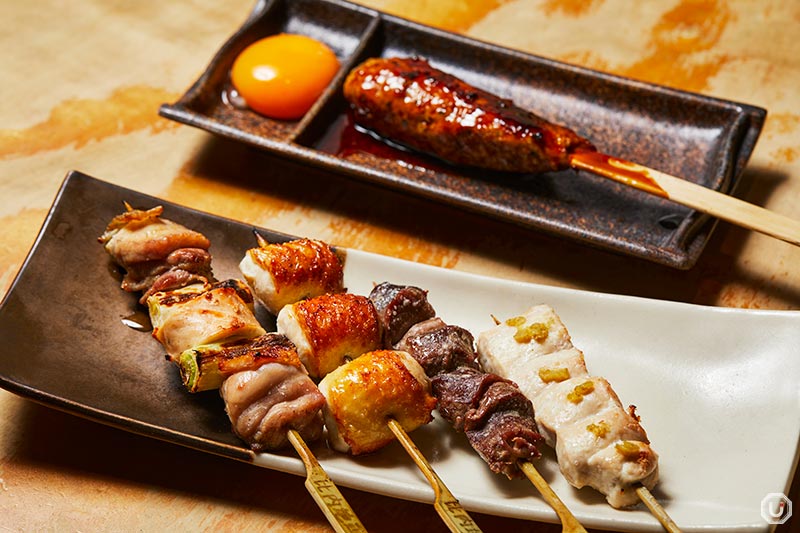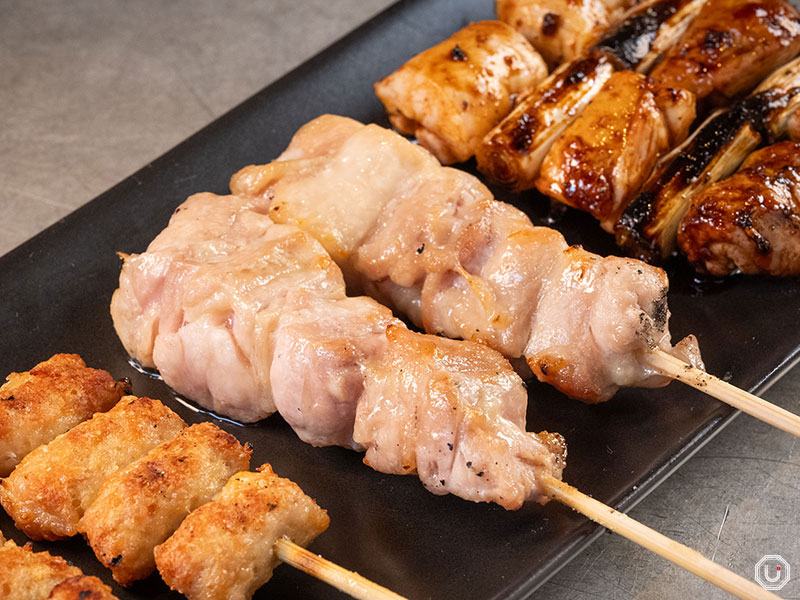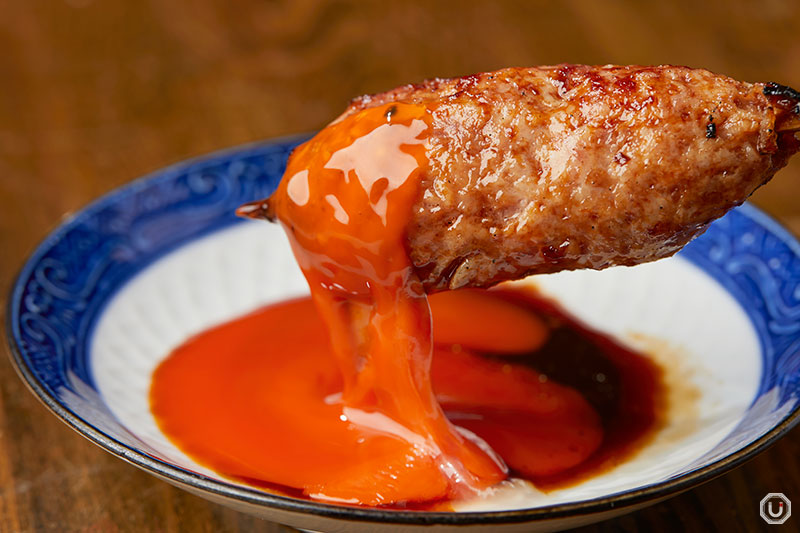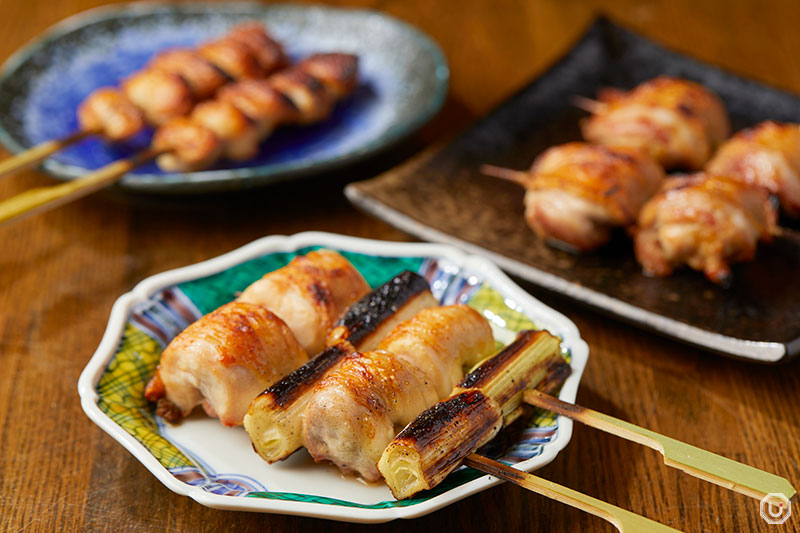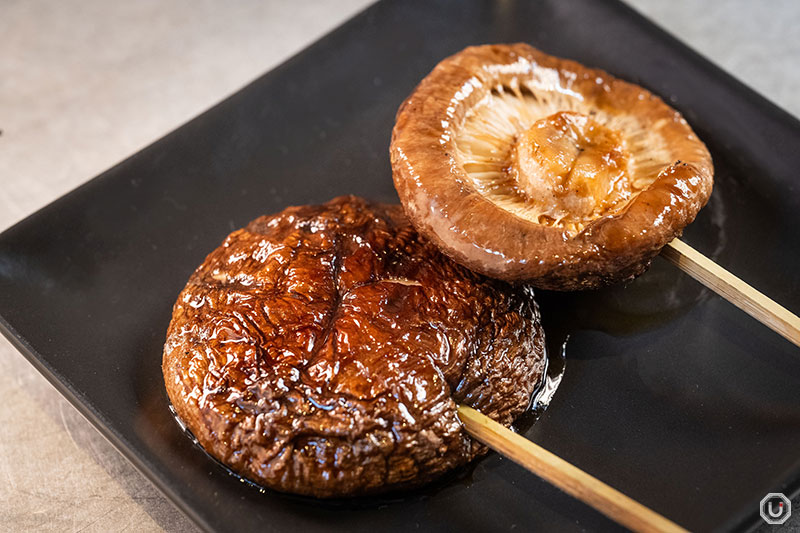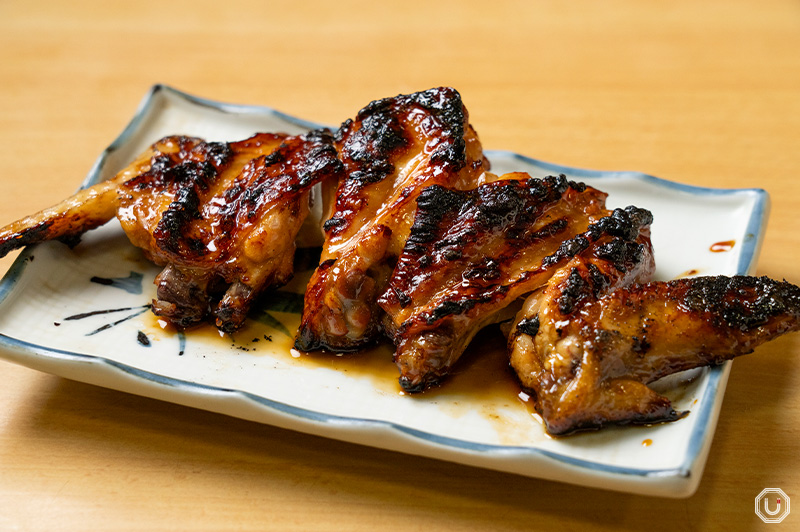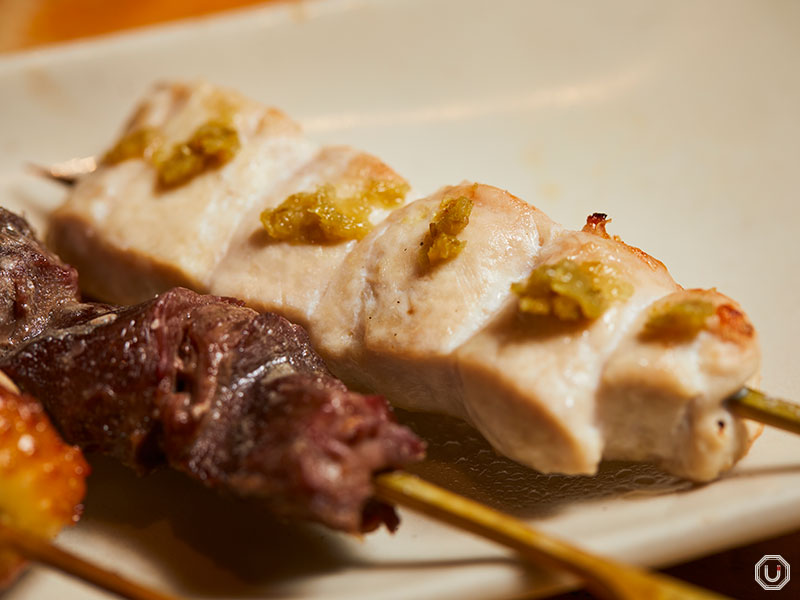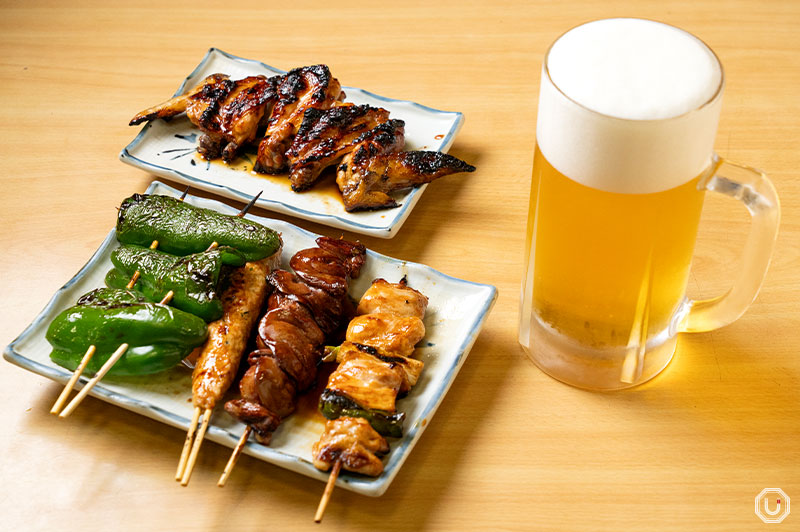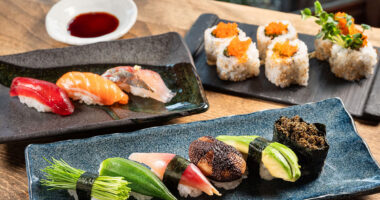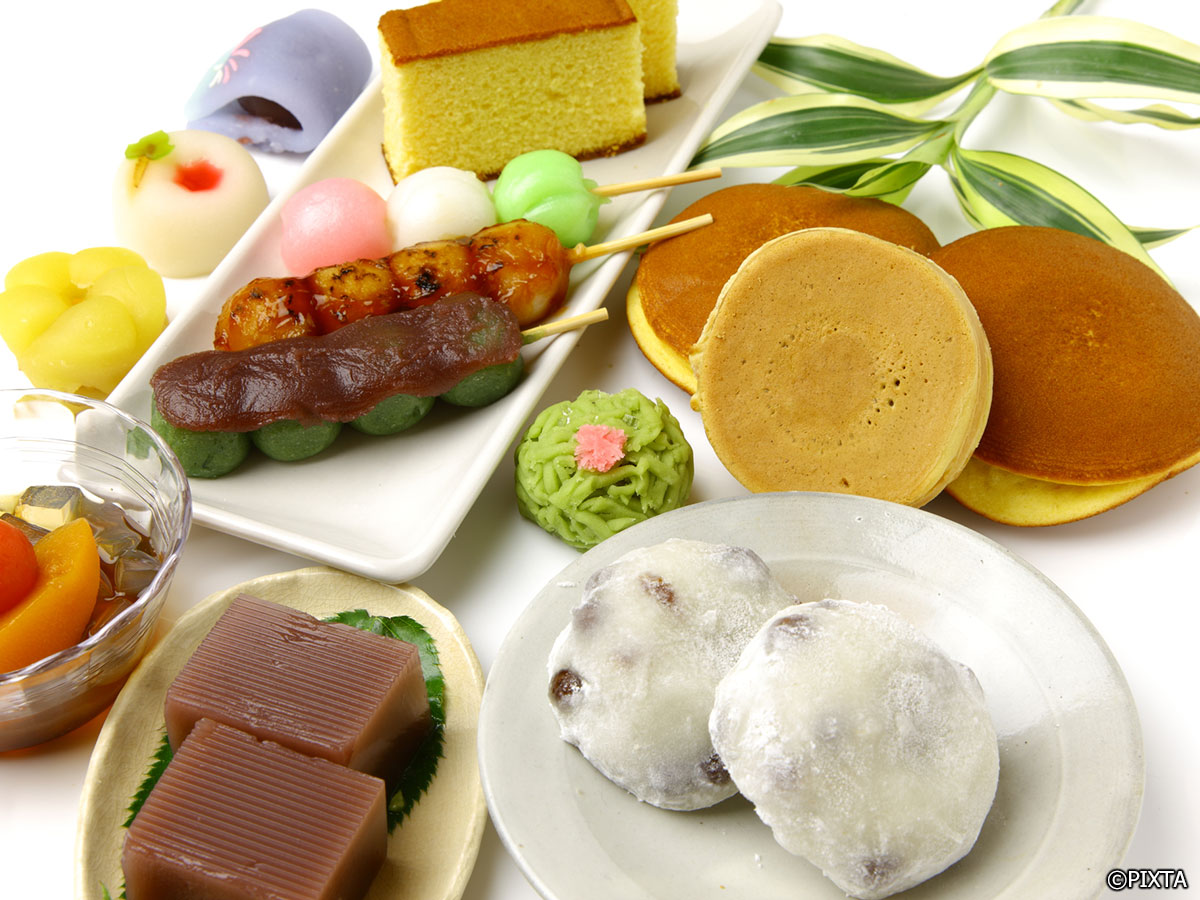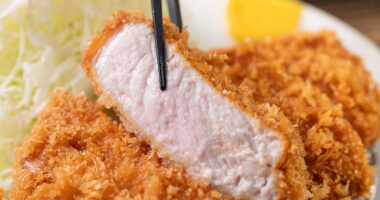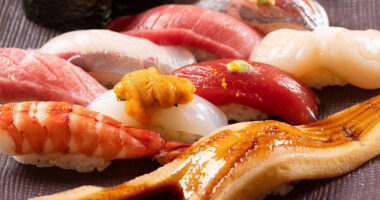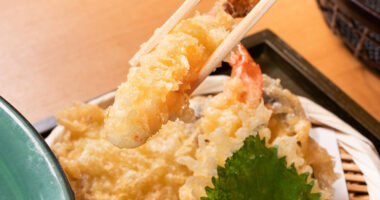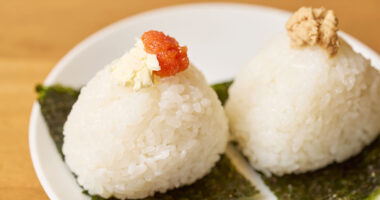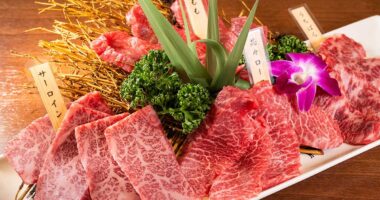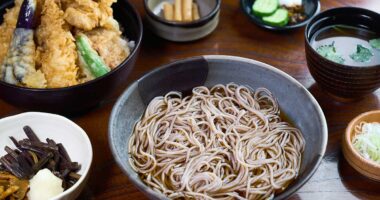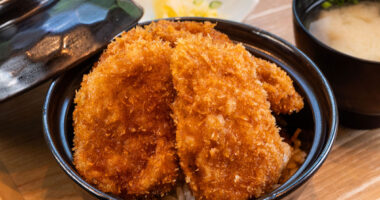Yakitori, or grilled chicken skewers, is a beloved Japanese dish that brings together simple ingredients and bold flavors. Whether you’re a first-timer or a seasoned fan, understanding the basics of yakitori—its various types, delicious condiments, and proper etiquette—will enhance your dining experience. This guide will walk you through everything you need to know to enjoy yakitori to the fullest!
The big question when ordering: shio or tare?
At yakitori restaurants, you’ll typically be asked if you’d like your skewers seasoned with tare (a sweet soy-based glaze) or shio (salt). The choice is entirely up to your preference, so don’t hesitate to try both to discover which suits each skewer best! Keep in mind, though, that some restaurants may have specific seasonings pre-selected for certain skewers.
Popular types of yakitori
There are dozens of types of yakitori, so deciding what to order can sometimes be intimidating for first-time diners. While this is only scratching the surface, here is a brief list of just a few fan favorites that are a good place to start for the uninitiated.
Momo: Juicy and flavorful chicken thighs, this classic skewer is a perfect introduction to the world of yakitori, pairing well with just about all seasonings and condiments.
Tsukune: Tsukune, often translated as “chicken meatballs,” is made from seasoned minced chicken, usually rounded into meatballs but sometimes elongated along the skewer in an oval shape. It’s often enjoyed with a glaze of tare, and some restaurants provide raw egg to dip your skewer in and add a creamy texture.
Negima: A skewer that features alternating pieces of chicken interspersed with green onion. This is one of the most common types of yakitori, and appears to be quite popular with international diners.
Kawa: Crispy on the outside and chewy on the inside, this is a skewer made entirely of chicken skin. Whether lightly salted or brushed with tare, it’s a snack that pairs perfectly with a cold drink.
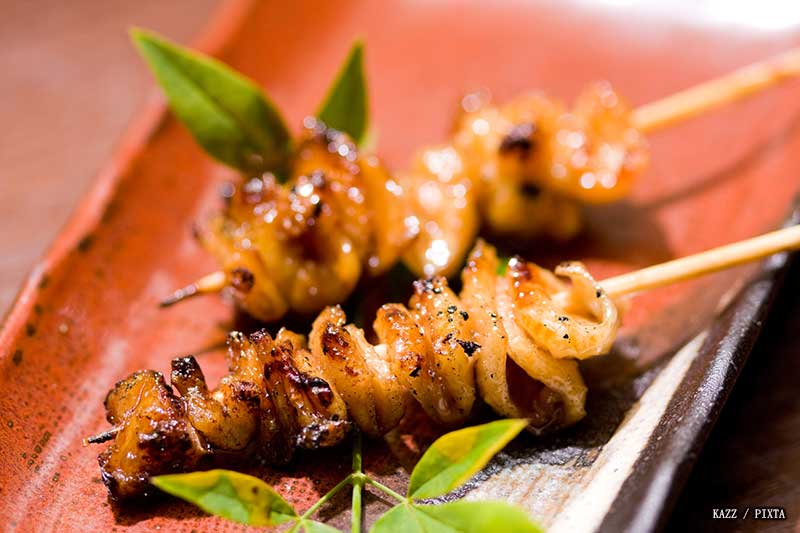
Photo for illustrative purposes
Vegetable skewers: Although yakitori is mostly comprised of chicken, there are a number of delicious vegetable skewers as well. Popular options include spicy shishito peppers, cherry tomatoes, and shiitake mushrooms. These provide a good balance of flavor to a night of chicken skewers, as well as an inclusive menu for vegetarians.
Teba: Teba are skewered chicken wings (although sometimes they will be served on their own). Grilled to perfection, they offer crispy skin and tender meat. In addition to your choice of seasoning, they often come with lemon to add a splash of refreshing tartness.
These are just a few yakitori standouts. If you have trouble deciding on what to order, many restaurants offer platters that come with a sample of several skewers, so you can pick your favorite from there.
Seasonings and condiments
In an addition to a base of tare or shio, many yakitori restaurants offer additional seasonings and condiments to enhance the flavor profile of their skewers. Here are a few commonly used ones.
Yuzu koshō: This vibrant paste, made from chili peppers and Japanese citrus, delivers a zesty kick and tangy heat. Its bold, refreshing flavor enhances the smoky, charred taste of grilled chicken, making it a popular condiment for yakitori. A small dab is all it takes to elevate the flavor of each skewer to the next level!
Shichimi spice: Also called shichimi tōgarashi or “seven-spice blend,” this red aromatic Japanese seasoning combines chili pepper, sesame seeds, orange peel, seaweed, and other flavorful ingredients. A light sprinkle over your skewer or a pinch on the side for dipping brings a delightful kick of spice to your yakitori experience.
Sanshō pepper: This Japanese pepper offers a zesty citrus flavor paired with a mild numbing sensation reminiscent of Sichuan peppercorns. Sprinkle it lightly over your skewer or add it to the side, and savor its refreshing, tingling twist.
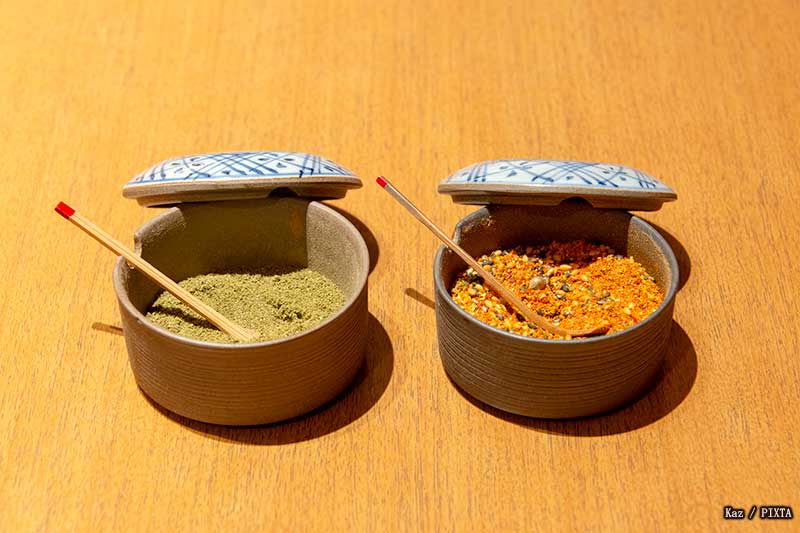
Sansho (left), shichimi spice (right); photo for illustrative purposes
Helpful advice for yakitori dining
Ordering: Ordering yakitori can be fairly straightforward (and our list of helpful dining phrases may be of some assistance), but there are some things to be mindful of. Some restaurants simply provide a pencil and a menu sheet in which the customer marks down their desired number of skewers next to a menu item. Also, be aware how many skewers are included in one order (this is typically one or two) and adjust accordingly.
Disposing of skewers:
Some yakitori restaurants provide a container for used skewers when you’ve finished eating. Place them here rather than leaving them scattered on your plate.
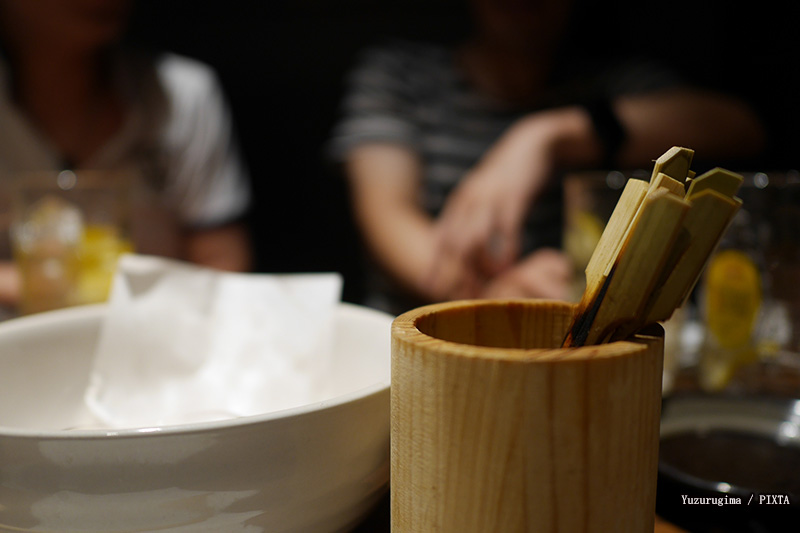
Photo for illustrative purposes
Enjoy with a drink: Yakitori is a staple of izakaya, Japanese-style pubs, and thus is regarded as one of the top foods to pair with a nice, cold beer or some Japanese sake. You can enjoy it well enough on its own, but the many different cuts and savory flavors are perfect to complement with a nice drink.
Enjoy yakitori as take-out: Yakitori isn’t just an izakaya dish. You can purchase skewers from supermarkets, convenience stores, and food stands. Buy different types to try out at your hotel and pick out your favorite for when you visit a restaurant.
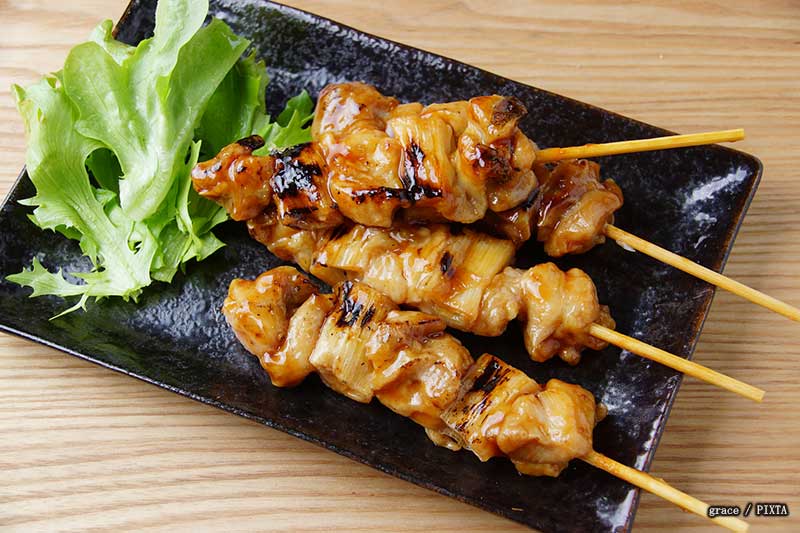
Photo for illustrative purposes only
Yakitori offers a delicious and customizable experience with its variety of skewers, seasonings, and condiments. By exploring different types and understanding its basic etiquette, you can fully enjoy this classic Japanese dish. So next time you’re at a yakitori spot, dive in, experiment with flavors, and savor the experience!
